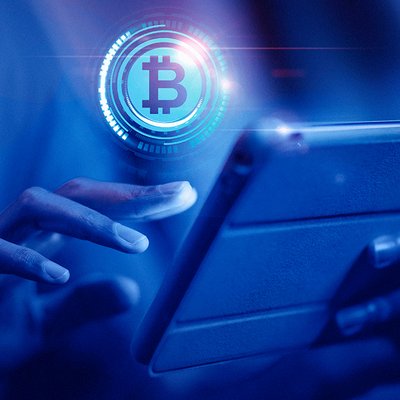Revolutionary Applications of VR in EdTech
Virtual reality (VR) has been around for some time, but its application in EdTech is relatively new. As technology continues to advance, the possibilities for education are expanding.
March 17, 2023

Today, the term “Web 3” appears at every turn. What it is, why there is so much talk about it, and how it plans to change our future, we will tell in this article.
Centralization has helped millions of people connect to the Internet and build the sustainable infrastructure that makes it possible. At the same time, a handful of centralized services control entire segments of the Internet and use their influence to decide what to do and what not to do.
Web3 is the answer to this state of affairs. Instead of an Internet monopolized by big technology campaigns, Web3 offers a decentralized space built by users, managed, and owned by them. It gives power to individuals, not corporations.
Web3 technology is the concept of a new, third generation of the Internet, decentralized and operating on a blockchain and token economy. It contrasts with the Web2 World Wide Web, which is based on centralized platforms for social interaction between users.
Simply put, Web3 is the Internet, where users' data is stored, not on the side of large corporations like Google, Amazon, and Facebook, but in decentralized databases.
Web3 will allow you to create platforms that nobody controls, but that everyone can trust because of their underlying algorithms and protocols.
This is proposed to be achieved with advanced technologies such as blockchain, machine learning, big data, and artificial intelligence. Smart contracts, which can be used in Web3, automatically fulfill the specified conditions without intermediaries, which also increases security. Web3 technology gives users more control over their personal data and digital assets, and also allows you to keep your privacy. Web3 can be used in various fields such as finance, healthcare, education, communication, and technology. Tokens and cryptocurrencies independent of traditional financial systems should fuel the third generation Internet economy.
Now this concept is still under development, so there is no established definition and understanding of all the principles of Web3.

More detailed about the features of Web3 includes:
Web3 and EdTech
Web3 and EdTech are connected, as Web3 creates new opportunities for applying learning technologies and creating new innovative educational solutions.
Web3 allows you to create decentralized educational platforms where students and teachers can communicate with each other without intermediaries and third parties. This improves the accessibility and quality of education. The blockchain technology in Web 3 can be used to create secure and reliable authentication systems where users can verify their identity and achievements without having to share their personal data with third parties.
Web3 also allows you to create decentralized educational markets where students and teachers can freely exchange knowledge and experience. This may lead to new learning models and new types of courses that can be created and delivered by the community of teachers and students.
Thus, Web3 and EdTech can be used together to create new educational solutions that are more accessible, reliable and effective.